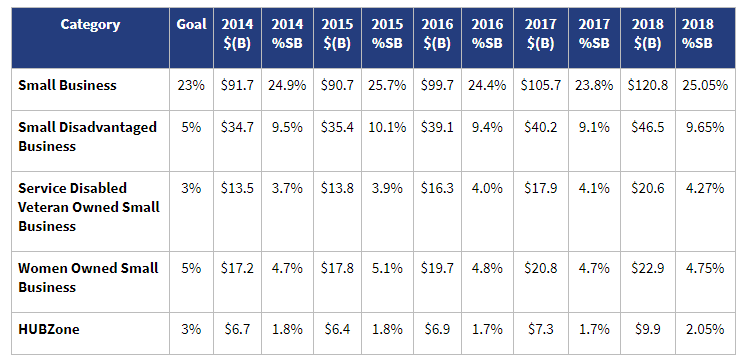Not everyone is sold on the Transactional Data Reporting (TDR) pilot
Almost five years ago GSA launched the Transactional Data Reporting (TDR) pilot to replace the Price Reduction Clause (PRC). GSA’s goal is to use the data received, to obtain better pricing from contractors. GSA calls TDR a success, critics are not so quick to agree. (Federal News Network May 10, 2021)
Jeff Koses, GSA’s senior procurement executive said, “GSA has successfully demonstrated the value of TDR under the existing scope of the pilot. It has shown steady progress over the past four years, met most of the pilot’s objectives in the most recent year, and has made the necessary investments to leverage TDR’s potential in the years to come. We will continue to make improvements, especially in contracting officer usage.” However, Koses made no mention of using the TDR information in 2019 or 2020 (ibid).
Some argue that TDR works on paper, but not in reality. Many contracting officers are reluctant to use the data for decision-making. One industry expert went so far as to say, “I have not experienced any negotiations based on TDR data in order to form an opinion.” Others have suggested that the data is incomplete and that GSA has no strategy to back the pilot. (ibid)
One consultant pointed out that as more companies participate in TDR, the IG’s ability to audit prices before an award is made is more difficult. She noted, “under the TDR pilot, the population of auditable contracts has ostensibly been cut in half. When you remove the major resellers and the integrators, what remains are largely professional service contractors and products companies under Schedules 84 (Law Enforcement), 71 (Furniture), and 66 (Scientific). The audit threshold for annual sales is also reduced due to the smaller pool of contracts from which the OIG is selecting. Small businesses who would never have been a blip on the OIG’s radar are now at much higher risk of pre-award audit.” (ibid)
Another complication is GSA’s move toward unpriced contracts under Section 876 of the 2018 National Defense Authorization Act. The Act makes the Price Reduction Clause as well as TDR less necessary because the burden is on vendors to provide the lowest price possible as part of contract negotiations. (ibid)
Koses said GSA will refine and consider:
- The ability of Federal Supply Schedule contracting officers to use transactional data for price negotiations in lieu of commercial sales practices and price reduction clause disclosures
- The impact of an expanded data collection on GSA’s ability to use the data it currently collects
- The impact on current/future GSA schedule contract holders
- Communication to industry partners
- Training and tools for category managers not impacted by TDR
- Possible impacts on other FAS initiatives such as the National Defense Authorization Act (ibid)
So when will the pilot move to production? The waters remain murky. Whether the IG will move from the production stage should be made more clear when the Inspector General report on the TDR pilot is released, in the coming weeks. Vendors should be ready to invest in systems to collect and report pricing data, should the TDR pilot go into production.
Questions concerning how to collect and report pricing data? Give us a call.

